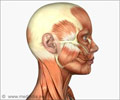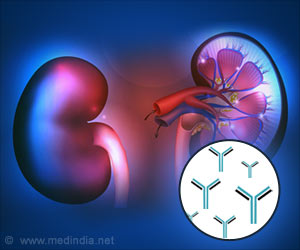Researchers have explained that the toxic molecule of RNA might cause most common type of muscular dystrophy.
Studies have indicated that myotonic dystrophy in adults, which is the most common type of myotonic dystrophy could be due to a toxic RNA.
br>
Doctors at the University of Virginia Health System have shown for the first time that by getting rid of poisonous RNA (ribonucleic acid) in muscle cells could result in the reversing myotonic dystrophy.
To prove the theory that toxic RNA is involved in myotonic muscular dystrophy, a research team led by Dr. Mani Mahadevan, a UVa pathologist, duplicated the disease in mice. "We showed in our mouse model that when you make this poisonous RNA the mice get various aspects of myotonic dystrophy," Mahadevan said. "Then, when you take away the toxic RNA, the mice get back to normal."
Mahadevan hopes the research might lead to new therapies for MMD in the next few years. "If we develop a therapy to silence the expression of the toxic RNA molecule, that would be a viable approach to treat people with myotonic muscular dystrophy," he said. Mahadevan's research in published in the September 2006 issue of Nature Genetics and can be found online at: http://www.nature.com/ng/index.html.
Making RNA is the second step in the conversion of DNA into proteins that determine the function of the body's cells. Myotonic muscular dystrophy is the first example of a disease caused by toxic RNA.
In 1992, Mahadevan discovered the gene mutation that causes myotonic muscular dystrophy (type 1) as part of a research group in Canada. The mutation is an increased number of CTG repeats in a gene called DMPK. Everyone with myotonic muscular dystrophy has that mutation on chromosome 19, which is now part of a genetic, diagnostic test for myotonic dystrophy.
In their latest research, Mahadevan and colleagues created a new type of mouse model with many extra copies of the CTG repeats, each attached to DNA for a protein that glows green under a microscope. They also integrated an "on switch" for MMD in the mice, activated by giving them doxycycline, an antibiotic, in their drinking water.
Advertisement
So far, however, Mahadevan and other scientists can't explain exactly what happens inside the cell to cause someone to get myotonic dystrophy. "The prevailing theory is that the RNA remains in the nucleus, rather than moving out of it, and proteins get stuck to the RNA and aren't able to do their job," Mahadevan said.
(Source: EurekAlert)






